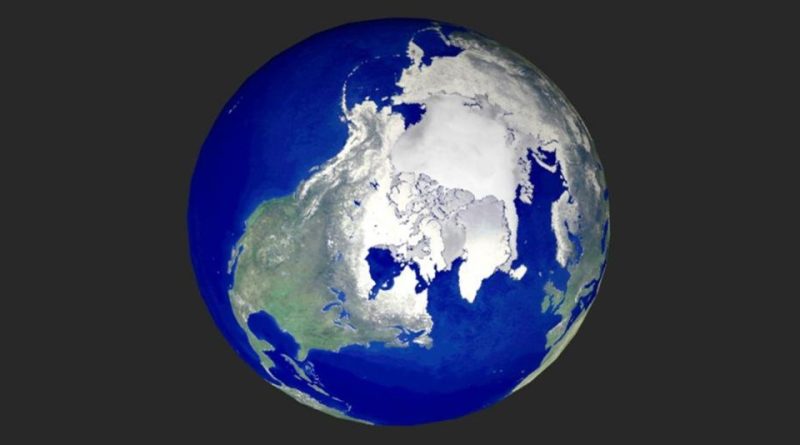Boreal Emisphere
Boreal Emisphere
The Northern Hemisphere or Northern Hemisphere is the hemispherical cap of the Earth located north of the equator, therefore with North latitude.
Within the Northern Hemisphere are the following continents: Asia, North and Central Africa, Europe, North America, North South America and the Arctic region.
The northern part of the Atlantic Ocean including peripheral basins such as the Mediterranean Sea, Black Sea, Arctic Ocean and Caribbean Sea are distributed in the Northern Hemisphere. It also includes the northern part of the Pacific Ocean including the peripheral basins of the Yellow Sea, East China Sea, South China Sea, a portion of the Indian Ocean, including the Red Sea and the Persian Gulf.
The Northern Hemisphere extends from the Equator towards the North Pole and is bounded to the south by the Arctic Circle and to the north by the geographic North Pole.
The Northern Hemisphere includes the continents of North America, Europe, Asia (except the southern part of South Asia), and most of the Arctic.
The climate in the Northern Hemisphere varies widely depending on latitude and region. In northern regions, such as the Arctic, the climate is extremely cold, with long, freezing winters. In more temperate regions, such as Europe and North America, there are four distinct seasons, with hot summers and cold winters.
The Northern Hemisphere offers a wide variety of landscapes, including forests, mountains, plains, tundras, deserts and rugged coastlines. The presence of mountain ranges such as the Alps, the Rocky Mountains, the Himalayas and the Urals contributes to creating spectacular mountain landscapes.
This portion of the globe is home to a diverse range of ecosystems, including boreal forests (taiga), grasslands, steppes, tundras, and coastal areas. The flora and fauna vary greatly in these different areas.
The Northern Hemisphere is densely populated, with a great diversity of cultures, languages and traditions. Some of the world’s most populous nations, such as Russia, China, and the United States, are located in this region. Indigenous cultures, such as the Sami in the Arctic or Native Americans in North America, have a significant presence in some areas.
The Northern Hemisphere is economically important for the production of natural resources, such as oil, natural gas, minerals, timber and fisheries. Manufacturing, agriculture, and services are also significant components of the economy in this region.
However, the Northern Hemisphere faces environmental challenges such as climate change, loss of natural habitats, air and water pollution, and sustainable management of natural resources. The rapid melting of glaciers in the Arctic is a particular concern due to its implications for sea levels and global climate patterns.
Please also remember that in the Northern Hemisphere winter goes from 21 December to 20 or 21 March, summer from 21 June to 22 or 23 September.
Furthermore, in the northern hemisphere the summer solstice occurs on June 21st; the winter solstice occurs on December 21st; the autumnal equinox occurs on September 23; the spring equinox occurs on March 21st.
Due to earth movements in the Northern Hemisphere, objects moving above the Earth’s surface tend to rotate to the right due to the Coriolis effect. For this reason, large horizontal flows of air or water tend to rotate clockwise, generating rotation paths of sea currents called gyre, particularly evident in the ocean basins of the North Atlantic and North Pacific.

